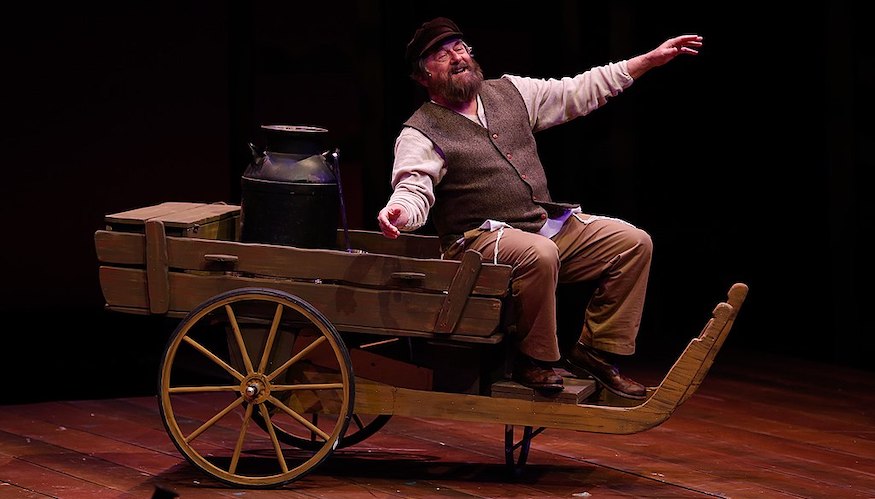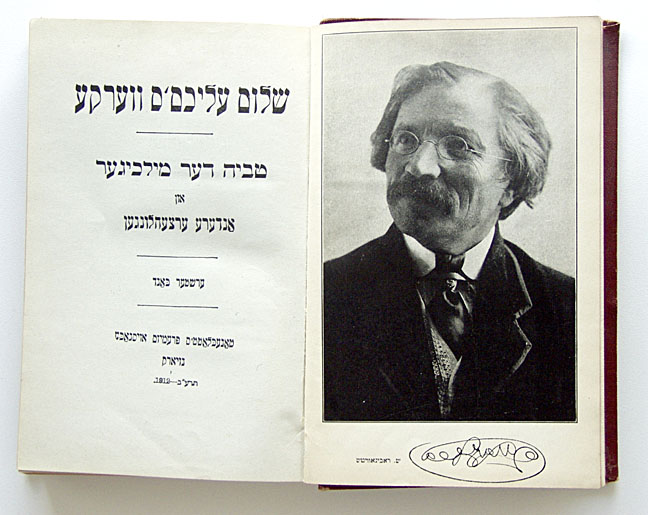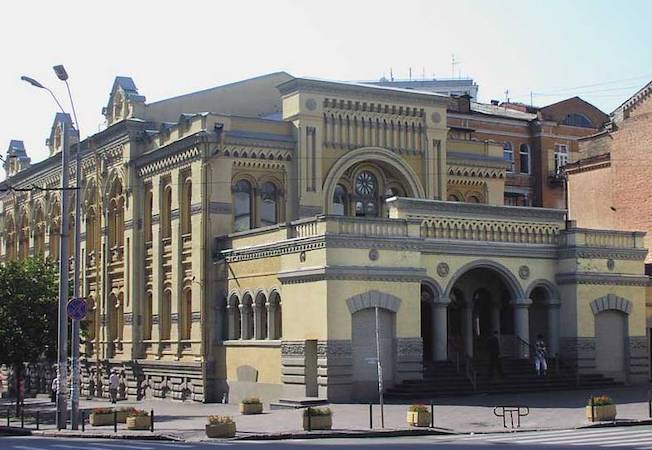The Village that Never Was
Fiddler on the Roof is one of the most-loved and long-lasting musicals ever to hit the Broadway stage. It is based on the book “Tevye the Milkman” written by the Jewish Yiddish author Sholom Aleichem. The story is set at the turn of the 20th century in a Russian fictitious Jewish village called Anatevka. The plot is about the father Tevye, who in changing times, tries to come to terms with his traditions, the Russian Revolution, Zionism, God, and above all, the marriage decisions of his “rebellious” daughters.
“Fiddler on the Roof is one of the most-loved and long-lasting musicals ever to hit the Broadway stage”
In 2015, following Russia’s war against the Eastern Ukraine, the story of Anatevka suddenly jumped from the pages of fiction and actually became a real place on the map. Chabad rabbi, Moshe Azman, who also officiates over the famous Brodsky synagogue in Kyiv, decided to help Jewish refugees by buying land and building a gated-compound to shelter, feed, and provide them with vocational training. He named it Anatevka, after the most famous Jewish village that never existed.
Over time, as the refugees found themselves on their feet again, the compound changed into a permanent village for Jewish residents. A colourful school was built, apartment buildings, a greenhouse, a synagogue and around it all, was a high wall. Since its inception, most of the publicity Anatevka received, was based on the novelty of the rebirth of what was a make-believe Jewish village in the same area where Nazis had wiped out thousands of other Jewish villages. Many a tourist, ignorant of fact, dropped in on the “ancient” village and were thrilled they were sight-seeing the “real” Anatevka made famous in the famous Broadway musical.
“Ever since the Russian invasion in mid February 2022, the little wooden buildings of Anatevka have come to life”
Another publicity boost, albeit unwanted, was due to rumours of Russian oligarchs funding the project – which is never a “good” rumour considering the ongoing tensions between the Ukrainians and Russians. One thing lead to another, and conspiracy theories grew. When those false charges had died down, the village slipped back into its inconspicuous self, frequented by only the enthusiastic and occasional Jewish tourist. The management remained cautious of any media, and if any journalist turned up, he or she was turned away.
Things stayed on the quiet side of things until the middle of February 2022, when due to the Russian invasion of the Ukraine, the little sleepy and insular village once again opened its doors and became a haven for Jewish refugees. Ever since the invasion, the little wooden buildings have come to life. They are once again humming with displaced Jewish people on mattresses, and lines of women and children waiting for some soup. In place of the previous guarded responses to journalists, the people of Anatevka have also now welcomed the media.
It is a surreal sight for Israelis to see our own modern Hebrew-speaking cameramen report daily and in relative safety from a prototype community in the Ukraine that was just one of thousands destroyed during World War Two. And that renaissance, like the invasion of the Ukraine itself, is a glimpse back in history and takes us all back in time.








